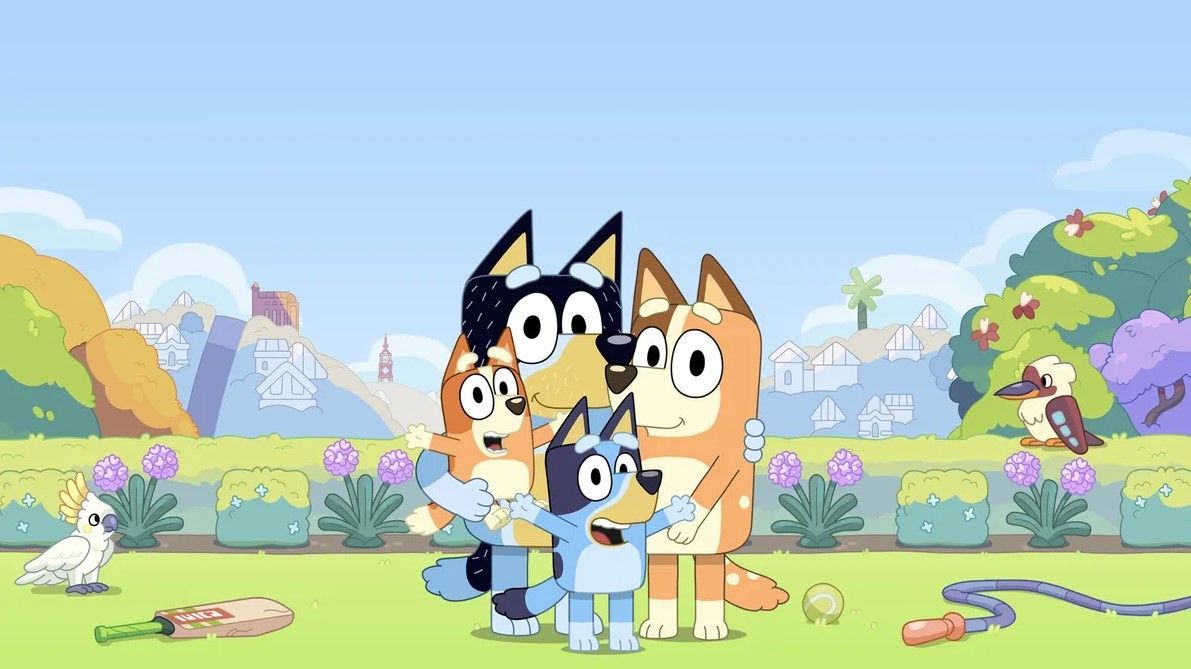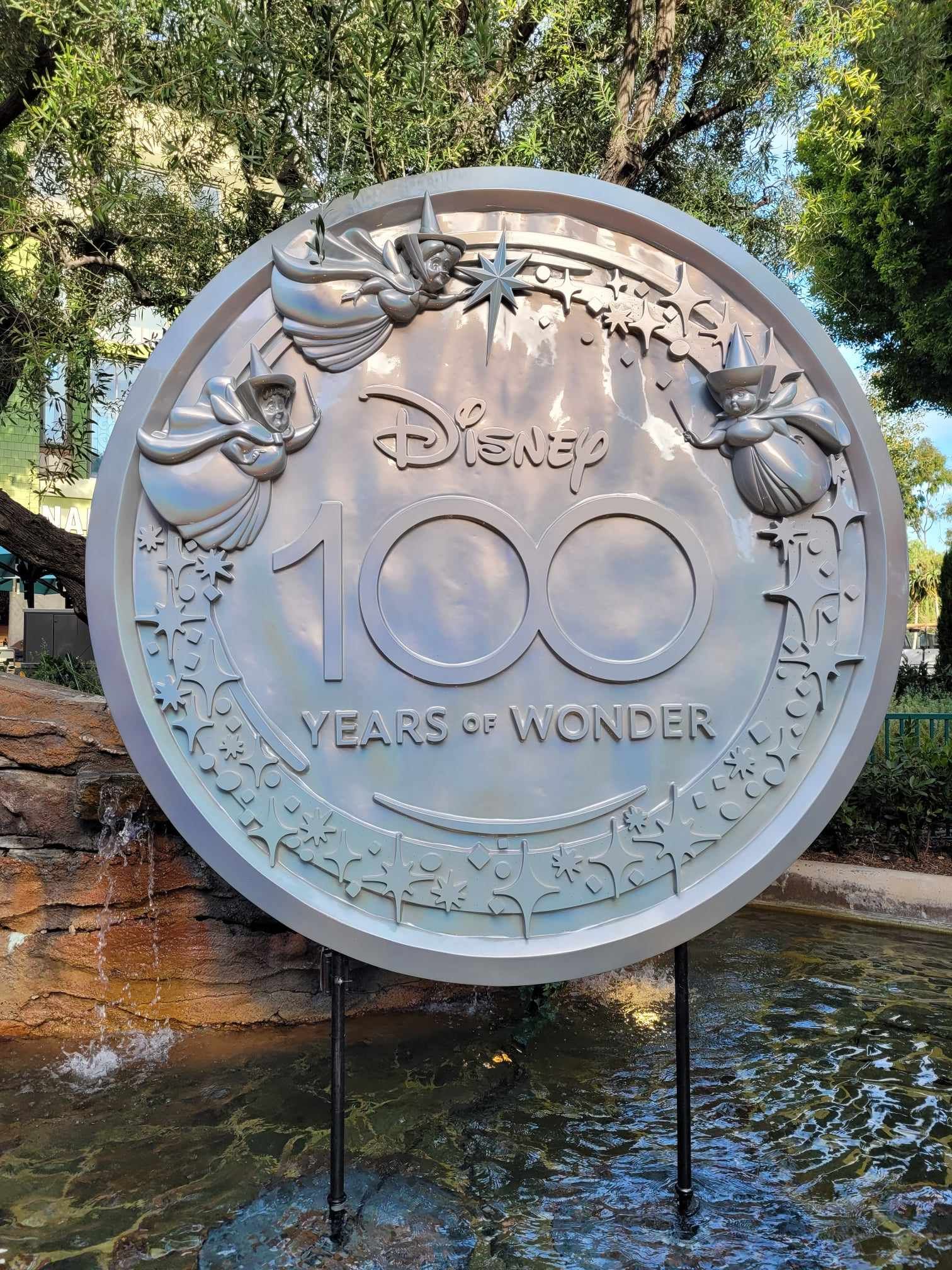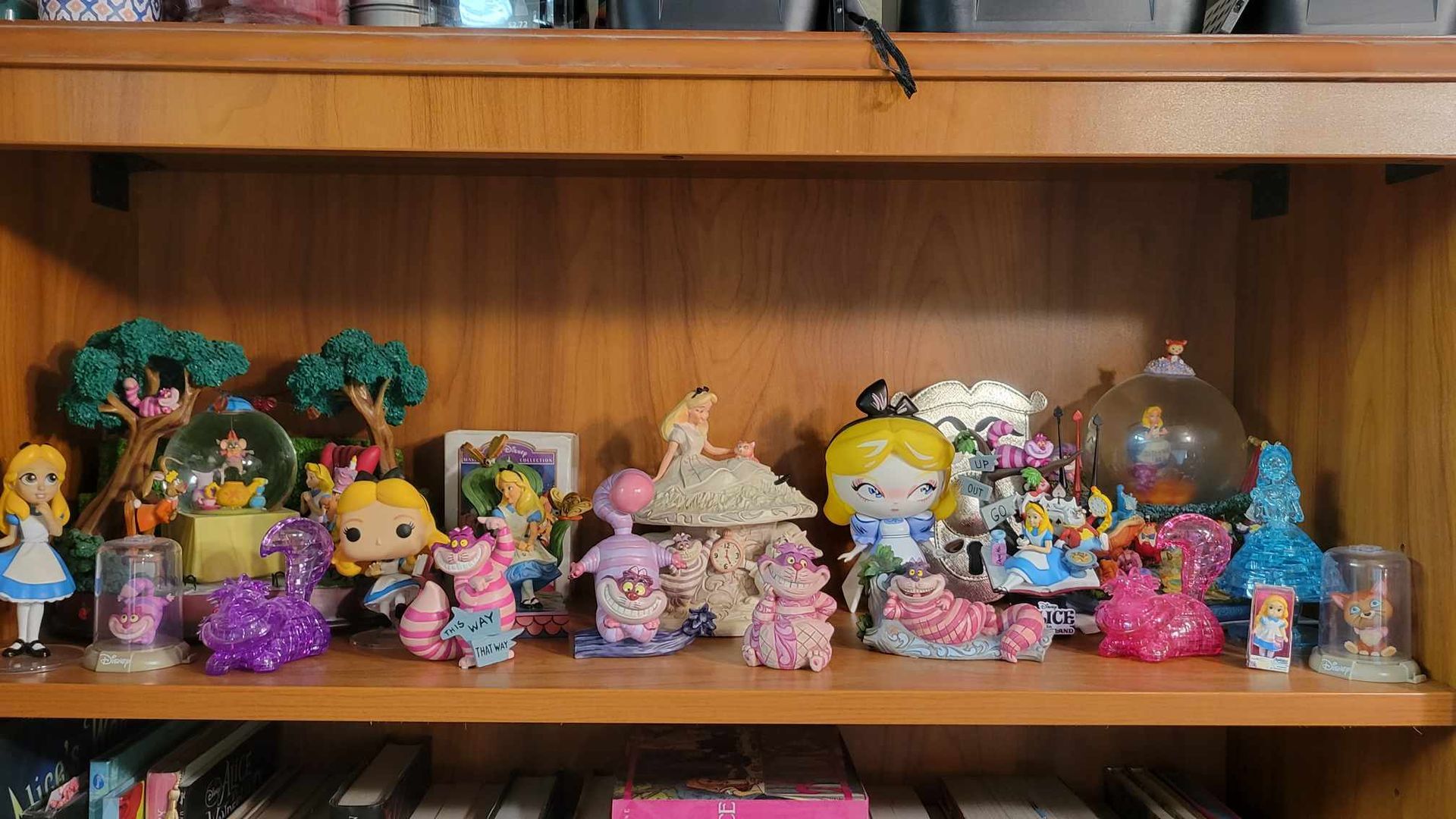Craig D. Barton is a creative consultant, editor, and writer, having written for and consulted on multiple Disney Editions books and various other projects. Besides being a self-described "DisNerd," Craig is an advocate for all arts, loves travel, movies, making his own eclectic music playlists, and, most of all, spending time with his family. Craig currently resides in Avondale, AZ with his lovely wife, quirky daughter, and neurotic yet lovable dog.
1933 - Three Pigs, One Wolf, and a Storyteller
by Craig D. Barton
"The Walt Disney Company: 100 Years in 100 Weeks," is the brainchild of Craig D. Barton, presenting weekly posts on the history of the Walt Disney Company. Each post will cover a specific year in Disney's history, featuring essays, shared articles, guest authors, and yearly timelines, all leading up to the company's 100th Anniversary on October 16, 2023. Previous posts in the series can be viewed here..
Be sure to join us every Friday for the newest installment of "The Walt Disney Company: 100 Years in 100 Weeks!"
1933: The Walt Disney Company moves forward with innovations in animation. The technicolor vibrance of Silly Symphonies dazzles nationwide. Mickey Mouse remains as popular as ever, his face and likeness representing the company through various merchandising deals. At the same time, the country is in the midst of the Great Depression, leaving many jobless and penniless, facing harder times than many have ever known. Those who can scrape together a little cash often find escape in the occasional movie at their local theater, and laughs can often be found in the cartoons that precede the feature film. In 1933, one such cartoon shone through during these times – while not made as a direct answer to people’s ongoing woes and worries, it nonetheless provides both encouragement and entertainment for people in need of both.
A new Silly Symphony, The Three Little Pigs, based on the classic fairy tale of the same name, began production in 1932 for a 1933 release. Of course, the original tale involved two pigs, who, when their houses prove less-than windproof, become delicious pork dinners for a rather forceful and hungry wolf. When the third pig’s brick house turns out to be too much for the wolf’s gusty blows, the wolf tries to outsmart the third pig, climbing down the chimney, and… OOPS! – falls into a huge pot of boiling water. With ham off the menu, the third pig ends up with a gamey meal of boiled wolf, with, one assumes, leftovers for a few weeks. Of course, this overly violent and grotesque version of the tale probably wouldn’t translate into a comedic Disney cartoon, and some changes would need to be made to lighten the mood, along with sight gags and music. This resulted in one of the first uses of “The Disney Version,” revising a story to fit the audience, much like folk tales for years adapted to the times.

To tell the story a little further, I once again turned to the greatest storyteller I could find, Walt Disney himself:
“When I first started (making cartoons), I used public domain music, and then I started to use published music. I tried to make deals with the publishers for the use of their music. But they were so expensive I couldn’t afford it. So I had musicians, and I said, 'The heck with it. Why don’t we write our own music?' The musicians said, 'Why, sure. We’d love to.' So we started writing our own little tunes. And that led to writing The Three Little Pigs. The Three Little Pigs were written by a musician. And actually, there was no lyric writer to it. The lyrics were by all of us, myself included, working on the story. Ted Sears, who was still with me, wrote all the little couplets like 'I build my house with hay, I build my house with sticks…' The chorus of it was called 'The Big Old Wolf' but we said 'The Big Bad Wolf.' Well, 'The Big Bad Wolf' became a phrase. It was patterned after 'Happy Birthday to You…' Well, you know what the lyric is, 'Happy birthday to you, happy birthday to you, happy birthday to so and so, happy birthday.' So this is 'Who’s afraid of the Big Bad Wolf, the Big Bad Wolf, the Big Bad Wolf? Who’s afraid of the Big Bad Wolf?' We didn’t know what to put at the end of it. One of the boys working for me, Pinto Colvig, used to help on the gags and things, and he played every kind of a little instrument. He could play these little tin fifes. We didn’t know what to put in there so we just put in his whistles because we didn’t have an ending.

Who's Afraid of the Tra-la-la-la-la?
"Before the Three Little Pigs, I did a Silly Symphony called Father Noah’s Ark. It was in color of course, with music. I had Father Noah, Mother Noah, all the sons, daughters and things, along with the ark and all the animals on the ark. And, it made an impression. It was fairly successful. Then, The Three Little Pigs followed. And in The Three Little Pigs, we just had three pigs and a wolf. On the production end, we were quite happy because we were able to make the personalities of these little things come across. Each one had a different personality. Well, the two gay little pigs; more or less a group personality as the two of them always worked together. And we had the sour little pig there. That’s what I was trying to do with the cartoon - bring more personality out of it. We were quite happy with the result. My brother Roy was in New York at the time and he took the picture out to preview in theaters. I happened to pass my brother’s office as his secretary was writing him a letter. I asked her if she was writing to Roy, and she said, yes. And I said, 'Well, just add a little note. Tell him we previewed The Three Little Pigs and I think we got something. Their personalities really come across.' The print was on its way back to New York. While Roy was meeting with the distribution group, he told them, he said, 'Just heard from Walt and he thinks he’s got something in this Three Little Pigs - he’s very excited about it.'
"So, they were anxiously awaiting it. They went in the projection room, and on came Three Little Pigs. It was a cold projection room reception with only the fellows that sell it… and nobody in there that was really an audience except this one fellow…Hal Horne. Hal was the head of exploitation for United Artists. When it was over with, there was kind of silence, and the head of distribution for United Artists turned to my brother and said, 'That’s a cheater.' Roy said, 'What do you mean, a cheater?' He said, 'Walt’s cutting down on characters.' Father Noah’s Ark had all the animals in the Ark and everybody, you see. But Hal Horne spoke up - which just proves again that he was a great showman - and said, 'That’s the greatest thing Walt’s ever done, what do you mean a cheater?' Of course, they still weren’t impressed. But when it came out, it was a sensation. It hit at a psychological moment, in 1933, when everybody actually had a Big Bad Wolf at their door. It wasn’t intentional on our part, we just took it and made it as a subject!”
While it may not have been intentional, “The Three Little Pigs” was a runaway success. And although in Walt’s own words, Disney “just took it and made it as a subject,” it was once again clear that Walt not only had a keen knowledge for what the public wanted to see, he had the staff to do it. “The Three Little Pigs” won an Academy Award that year for best short animated film, and outlasted the movies it was showing in front of! As Roy O. Disney would remember in the late 60’s, “It just got very, very popular. Theaters held it for a long time and played it over and over. There was a theater in New York that ran it so long, they had a picture of the three little pigs out in front and gradually they put whiskers on them, and the longer they stayed there the longer the whiskers got.”

“Who’s Afraid of the Big Bad Wolf,” credited to Frank Churchill became Disney’s first big song hit. In a time of depression, when many felt the proverbial wolf in many aspects of life, the song became a rallying cry, encouraging that hard work ethics and steadfastness would eventually defeat the “big bad” that had been hanging around so many doors.
For Walt, though, perhaps the biggest success of all was the idea that, in presenting different work ethics in the different pigs, he and his animators had achieved true personality in the cartoon medium. It may have been the first time he felt that personality was truly relayed, but personality in animation would be a driving factor and signature style for the Walt Disney Company from that point on.
1933
- Silly Symphony, “The Three Little Pigs” debuts on May 25th
- Three Little Pigs wins Academy Award for Best Animated Short Film
- Frank Churchill’s “Who’s Afraid of the Big Bad Wolf” becomes a best-selling single, becoming an anthem of sorts for many during The Great Depression
1933 Animated Releases:
Mickey Mouse - The Mad Doctor - January 20
Silly Symphonies - Father Noah's Ark - January 27
Mickey Mouse - Mickey's Pal Pluto - February 10
Mickey Mouse - Mickey's Mellerdrammer - March 3
Mickey Mouse - Ye Olden Days - March 24
Silly Symphonies - The Three Little Pigs - May 26
Mickey Mouse - The Mail Pilot - June 5
Mickey Mouse - Mickey's Mechanical Man - June 9
Mickey Mouse - Mickey's Gala Premier - June 30
Silly Symphonies - Old King Cole - July 27
Mickey Mouse - Puppy Love - August 14
Silly Symphonies - Lullaby Land - August 18
Mickey Mouse - The Steeple Chase - September 1
Mickey Mouse - The Pet Store - September 22
Silly Symphonies - The Pied Piper - October 6
Mickey Mouse - Giantland - November 15
Silly Symphonies - The Night Before Christmas - December 15
*"The Walt Disney Company: 100 Years in 100 Weeks" is a project conceived by Craig D. Barton and presented by Communerdy. It is in no way affiliated with The Walt Disney Company, and any opinions presented within its content are that of the author(s). For more updates, follow us on https://www.instagram.com/disney100in100/ .




